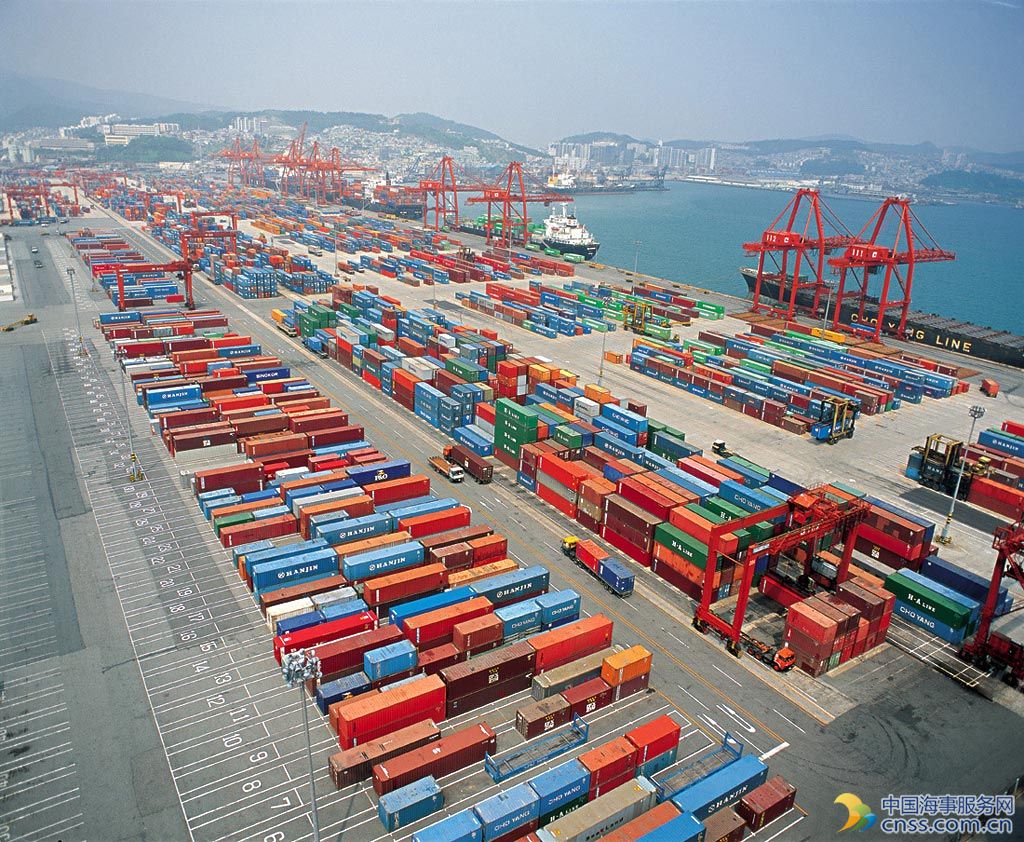RAM sees Brent oil at US$50 for this year and next

RAM Ratings has forecast an average Brent crude oil price of US$50 per barrel for both 2017 and 2018.
The price assumptions took into account the current tighter supply situation, following the Organisation of the Petroleum Exporting Countries’ (Opec) production cuts in January, said RAM’s head of consumer and industrial ratings Kevin Lim.
Last year, the price of crude oil averaged at US$44 per barrel, slightly higher than RAM’s assumption of US$40 per barrel.
Through most of 2016, prices were weighed down by a heavy oversupply, triggered by the surge in Opec’s production, Lim said in a statement.
He added: “However, tentative signs that the cartel may pursue production cuts lifted the average price to just shy of US$50/barrel in the final quarter of the year, translating into a 7.5% quarter-on-quarter rise.”
To recap, RAM had previously assumed US$50 per barrel for the year – without factoring in any production cut from Opec – and estimated that Opec’s output cut would provide a US$5-US$10 upside this year.
While Opec is on track to meeting its output reduction targets so far, the agreement only spans six months and will expire by the end of June.
“We believe that production cuts over a longer period will be required to achieve a more lasting impact on global supply and prices.
“RAM also envisages oil prices to hover around the current levels in 2018, reflecting the limited scope for further price gains in the near term. While we expect supply and demand to be broadly matched this year and the next, the price recovery is likely to be muted,” Lim pointed out.
Inventory levels remain significant by historical standards; it will take time before the current oversupply can be absorbed. Meanwhile, armed with more efficient and advanced technology, United States shale players are poised for a strong comeback.
“We believe shale producers will rapidly ramp up production as prices ascend, as is the case now. Oil prices slipped to US$51 per barrel in early March (from an average of US$55 per barrel in the first two months of 2017), following news of a persistent increase in US shale oil output,” Lim added.
That said, an extension of the joint cuts by Opec and non-Opec countries (by another six months) is on the cards; a decision is expected to be made at the upcoming Opec meeting in May. “If this materialises, we anticipate an upside of US$5 to our price assumption for 2017 and 2018, depending on how quickly inventory is run down.
The Opec production-cut deal struck on Nov 30, 2016 is hailed as one of the most notable market developments last year.
The agreement will span six months, with a targeted output reduction of about 1.2 million barrels per day (bpd) to 32.5 million bpd.
An agreement has also been established with other major producers (including Russia), bringing the total targeted supply curtailment to 1.8 million bpd.
Source: The Star
HEADLINES
- Do shipping markets want Biden or Trump for the win?
- All 18 crew safe after fire on Japanese-owned tanker off Singapore
- Singapore launching $44m co-investment initiative for maritime tech start-ups
- Cosco debuts Global Shipping Industry Chain Cooperation Initiative
- US warns of more shipping sanctions
- China continues seaport consolidation as Dalian offer goes unconditional